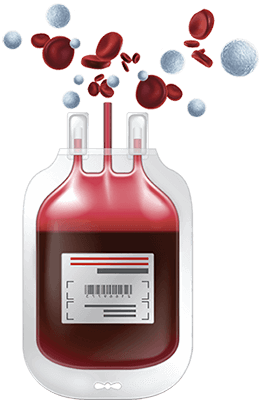Canada's Largest & Oldest Cord Blood Bank
Your 10-month-old can crawl, stand and may be even cruise. This means he or she is going to be very busy exploring the world.
Milestones This Month
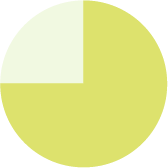
Most babies can
- Crawl well
- Cruise
- Use pincer grasp to pick up objects
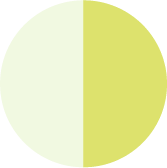
Half of the babies can
- Say mama and dada specifically
- Point at objects
- Use gestures to indicate wants
- Understand “no”
- Respond to name
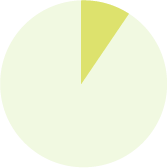
A few babies can
- Stand alone for a short period of time
- Place an object into a container
- Drink from a cup
Baby Development at 10 Months
According to the growth charts from the World Health Organization, an average 10-month-old baby girl should way around 18.7 pounds (8.48 kilograms) and an average 10-month-old boy around 20.2 pounds (9.16 kilograms).
Your little one is quite mobile and equally curious at this stage. No corner in the house will be left unexplored. Your baby is able to blow-a-kiss, wave goodbye and even play patty-cake. Take the time to get down with your baby and enjoy these new skills he or she has developed.
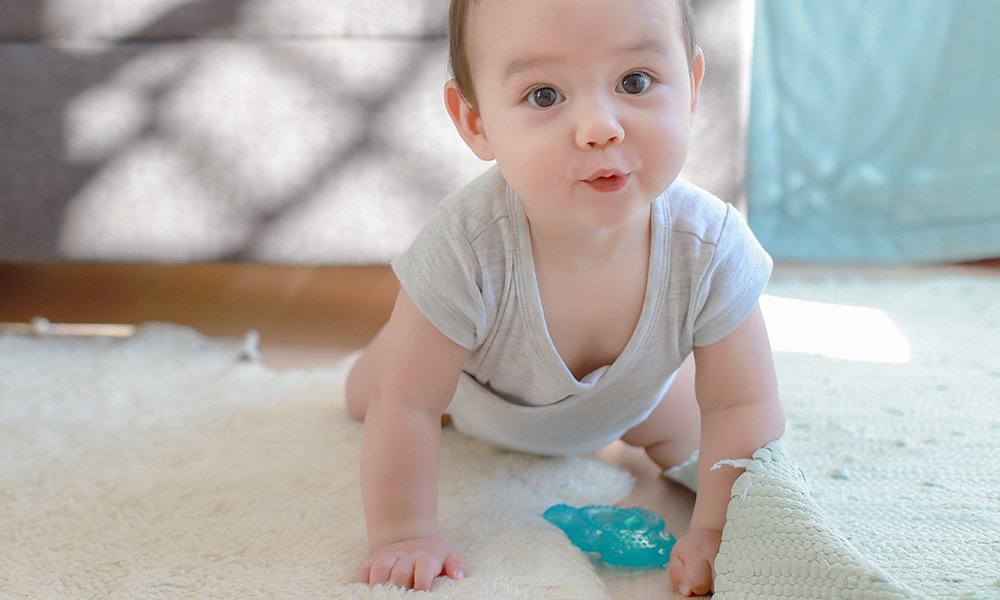
Right now, your baby is responding to your tone more so than your actual words. So be sure to praise your baby often and offer encouragement. Your baby will know that you are praising him or her from the tone of your voice. Your baby’s frontal lobe is developing fast right now, which is shaping his thoughts and emotions. Don’t be surprised if your baby soon starts having his or her own opinions about the activities you two do together.
Your baby’s babbles are starting to sound more and more like words now. He or she can probably mimic the sound of a car or animals at this stage. Keep practicing these simple sounds with your baby. Your little one is able to understand simple instructions at this point. Your baby may respond to you with a nod or a gesture if you asked whether he or she wanted to go for a walk or would like a snack.
Social, shy, bold or cautious. At this point, you probably have a good idea about your baby’s personality. He or she may love meeting strangers or be shy and reserved. Each baby is different and will develop his or her own personality.

Baby Tip
Meat balls and turkey bolognese is a great way to get iron into your baby. If you are vegetarian, try giving your baby hummus or bean dip with his or her vegetables.
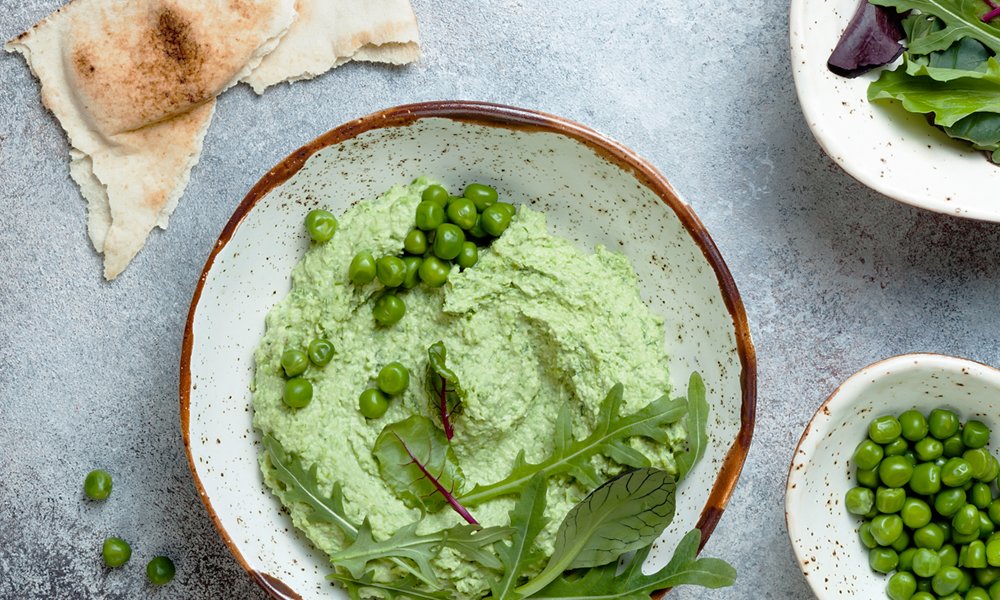
Supporting Your Baby
Feeding
Milk is still your baby’s primary source of nutrition. You should be offering breast milk or formula before he or she sits down to eat solids. Your baby is probably self-feeding quite well now. Using that pincer grip to pick up even small items like a cheerio or a chunk of banana. Keep giving your baby a variety of proteins, vegetables and grains. Limit his or her sugar and salt intake.
Your baby’s motor skills are developed enough now that he or she may be able to drink from a cup. Try a few different types of cups with water and let your baby pick out his or her favourite. It’s good to include water along with his solid food to avoid constipation. However, your baby should not be drinking dairy or fruit juice at this stage.
If you are bottle feeding, this is a good time to think about swapping out the bottle for a cup. It is recommended that the bottle should be eliminated soon after his or her first birthday. Bottles are not a healthy choice for his or her teeth and your toddler will appreciate having two free hands.
Sleep
Babies go through a second sleep regression around 8, 9, or 10 months of age. Unlike with the 4-month old sleep regression, which happens at a pretty standard window for all babies, this one can start anywhere from 8 to 10 months. Your baby may sit up screaming in the middle of the night or have a tough time falling asleep. You may notice that the naps are also shorter.
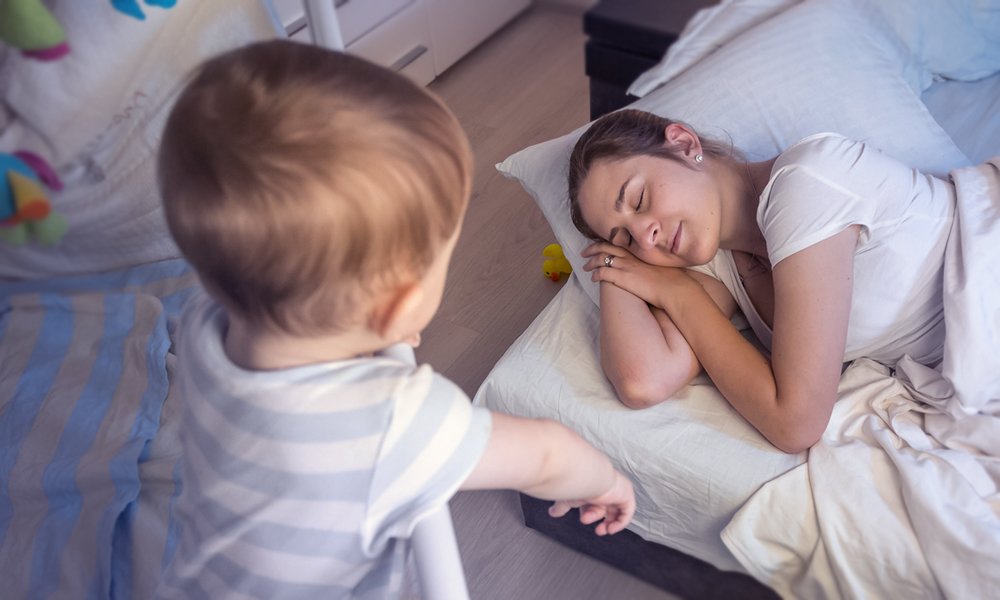
As with the previous sleep regression, developmental changes are behind this regression as well. Your baby is becoming mobile and his or her brain is developing the patterns and connections necessary for speech. All of this activity is making it difficult for your baby to fall asleep. Try to minimize practicing new skills like crawling or cruising right before bedtime. You can also lengthen your baby’s bedtime routine to help him or her relax more. Be patient with your baby and try to support him or her as much as possible. If you haven’t sleep trained before this is definitely not the time to try sleep training.
Separation anxiety
Babies this age start showing signs of separation anxiety. Your baby probably showed some signs on separation anxiety around 10 weeks, when he or she was learning about object permeance. Right now, your baby only realizes that you are not there with him or her, which can cause anxiety. Getting upset when you leave the room or crying is a normal part of a baby’s emotional development. She may refuse to be left with anyone else (including your partner) and be clingy.
Instead of saying long winded goodbyes, make the exist quick and have the person looking after your baby create a distraction. It is good to remember that separation anxiety is heightened when your baby is tired, hungry or sick. Do short practice sessions at home, to get your baby used to the idea of being cared by someone other than you. Separation anxiety can peak around 8 to 18 months, but babies grow out of it by their second birthday.
Treating Asthma with Stem Cells
Asthma affects approximately 1-18% of the population worldwide. It is triggered by allergens that enter the lung, and cause swelling of the airways. It makes breathing difficult, triggers coughing and wheezing, leaving those affected out of breath. In the most extreme cases, asthma can even lead to death.
Traditionally asthma patients are treated with corticosteroids to reduce the inflammation. However, this does not reverse the remodeling that happens in the airways and the lungs. Thus, corticosteroid treatment can lead to poor control or even worsening of symptoms in some patients. Study shows multiple doses of stem cells can reduce lung inflammation and remodeling that results from house dust mite-induced allergic asthma.
Invest in Your Baby’s Future by Preserving Newborn Stem Cells


